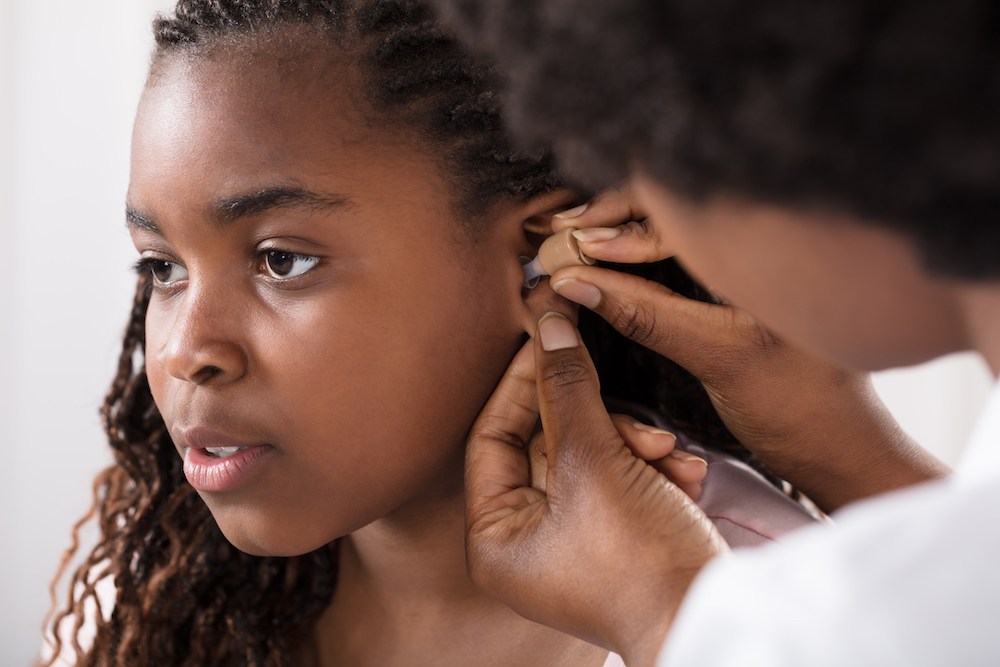What Young Adults Should Know About Hearing Protection
Hearing protection might not be something most young adults think about,
We’re Hiring! Click Here to Learn More About Our Career Opportunities →

Hearing tests include a number of different tests. When you visit an audiologist, they might conduct one or more of several types of tests to determine your hearing health and check if you have any hearing loss. The tests are designed to test your hearing and ears in various ways, including the range of sounds that you can hear, the health of your eardrums and the muscles in your ear, the functioning of your cochlear, and more. Keep reading to find out about three of the hearing tests that might be carried out when checking your hearing health.
Pure-tone testing is a key part of a standard hearing test. It is what is used when you see an audiologist for a hearing test and it is also the type of testing that you might find online. Pure-tone testing involves wearing headphones and having different tones played to you. Each sound is a different volume and pitch. When you hear a sound, you will be asked to raise your hand or press a button to indicate that you have heard it. The results of this test will be plotted on an audiogram, showing what you can and can't hear.
A similar test is bone conduction testing. Like pure tone testing, this involves playing different sounds at various pitches and volumes. However, instead of the sounds being conducted through the air as you wear headphones, they are conducted through the bone behind your ear. This test checks the functioning of the inner ear. The results will be plotted and, if they are different from the results of the pure tone testing, they can be used to determine the type of hearing loss that you have.
Auditory brainstem response (ABR) is a type of hearing test that is used to test whether you may have sensorineural hearing loss. It is often used to test newborns for hearing problems. This test involves having electrodes placed on your head, scalp, or earlobes. You will then be given headphones to wear and your brainwave activity is measured as sounds are played to you through the headphones.
An otoacoustic emissions test checks yet another part of your auditory system. This test is designed to check how well your cochlear is working. Otoacoustic emissions are sounds generated by the tiny hairs in the cochlear, which is in your inner ear. A small probe with a microphone and speaker is used to stimulate the cochlear and measure the response. If your hearing is within the normal range, emissions will be produced. No sound is produced for hearing loss that exceeds 25-30 decibels. As well as revealing whether there could be damage to the cochlear, this test can also check for blockages in the ear canal or excess fluid in the middle ear.
Other tests might also be used if you have a hearing test, such as speech testing or tympanometry. This range of tests helps to create a full picture of any hearing loss and what type of hearing loss it might be.

Hearing protection might not be something most young adults think about,

Hearing loss usually starts gradually, making it hard to notice right

Choosing the right hearing aid for your needs is about more than just